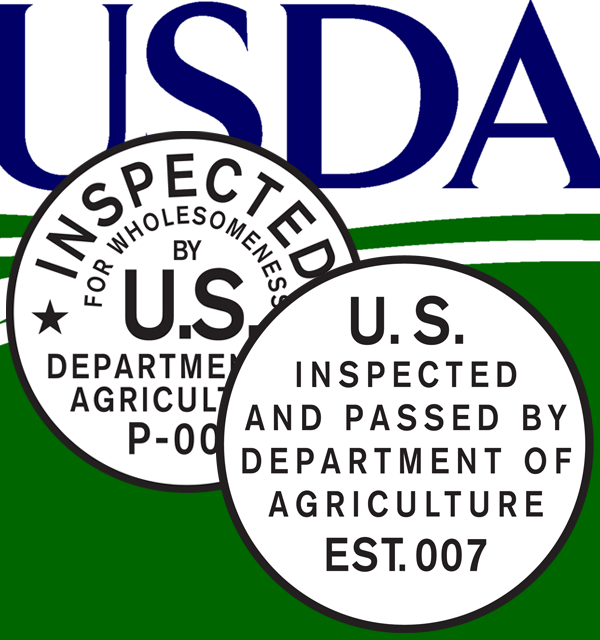
It’s about friends. It’s about good times. It’s about BBQ.
USDA GRADES OF MEAT
BEEF GRADES - There are 8 different grades of beef
- Prime - Highest Quality
- Choice
- Select
- Standard
- Commercial
- Utility
- Cutter
- Canner - Lowest Quality
(Steaks - Focus is on Prime, Choice, and Select)
MAIN CRITERIA USED BY USDA
1. Intramuscular fat - known as marbling, is the dispersion of fat within the beef. Marbling is important because it is responsible for giving beef its tenderness and boost of flavor. The grade is judged by the amount and dispersion of fat in the ribeye, cut between the 12th-13th rib.
2. Maturity of Beef
(color and texture are also taken into consideration)
Choice Steaks - have more intramuscular fat than select, less than prime. Choice grades represent the majority of meat in supermarket. Filets and rib steaks are some of best cuts for choice grade steak.
Standard & Commercial - rarely seen in retail level, possibly some ribeye.
Utility, cutter, canner - 1% of cattle, used in cheap ground beef, or processed and canned products.
MEAT GRADES OF PORK -
USDA does not grade pork like beef. It inspects pork for “Wholesomeness” meaning it has been inspected and passed from visible disease.
Hogs are bred to produce uniform tender meat. Grades of pork are determined by back fat thickness and carcass muscling. Look for cuts that are pale, pink color, with moderate marbling and nice even layer of white fat.
MEAT GRADES OF CHICKEN -
There are three grades of Chicken:
- A - best quality, good meat to bone ratio, clean, no torn skin, no bruising no broken bones and is not discolored.
- B & C - Not usually found in grocery stores and used in products that are cut up or further processed.
The U.S. grade shield for poultry may be found on the following chilled or frozen ready-to-cook poultry products: whole carcasses and parts, as well as roasts, tenderloins, and other boneless and/or skinless poultry products that are being marketed. There are no grade standards for necks, wing tips, tails, giblets, or ground poultry.










